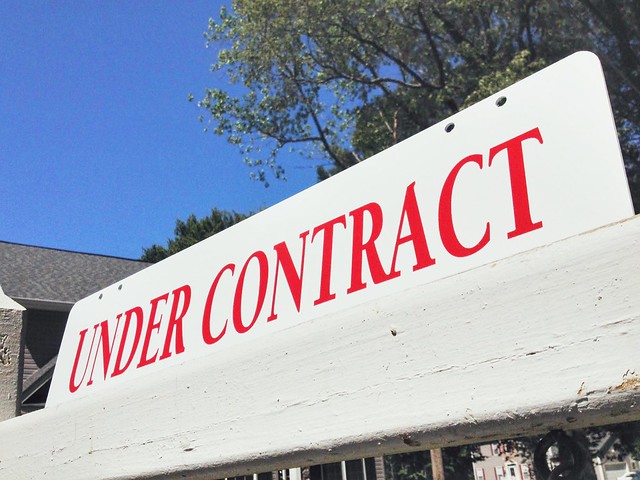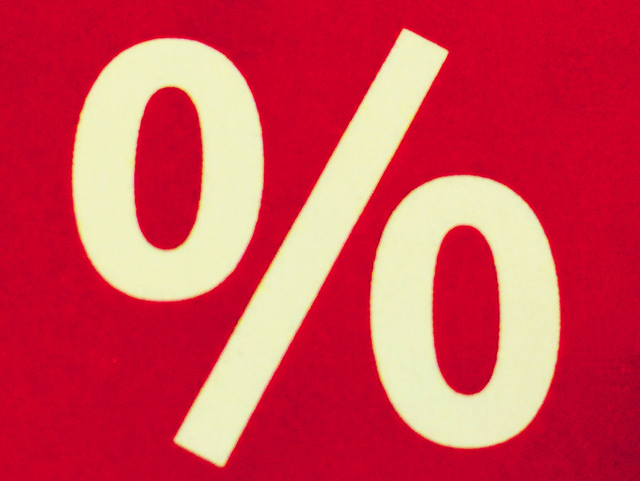When a contract to buy a home is signed, that home’s sale is considered pending until it eventually closes weeks later. During this period, the details of the sale and financing are finalized. The lag between signings and closings makes pending sales an excellent predictor of future home sales. That’s why the National Association of Realtors tracks them each month. According to their most recent report, pending home sales increased 8.1 percent in January. It was the second consecutive increase and the largest monthly gain since June 2020. Lawrence Yun, NAR’s chief economist, says affordability was behind the improvement. “Buyers responded to better affordability from falling mortgage rates in December and January,†Yun said. Still, despite the bump, contract signings remain well below year-before levels. Yun believes home sales activity is nearing a bottom and will see incremental improvements later in the year. (source)













